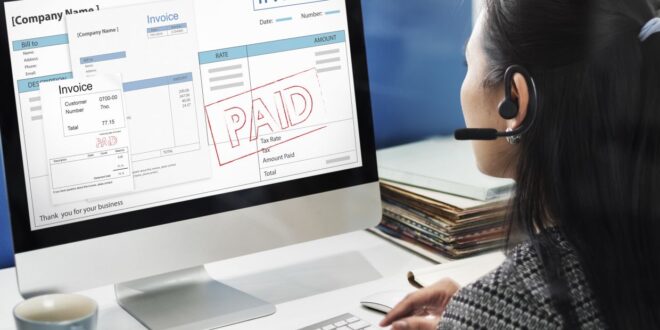THE days of paper and electronic document invoices, plus credit and debit notes, look to be numbered with the mandatory e-invoicing for companies coming into force in phases from August.
But there are questions. Is Malaysia ready for this change and what will the implications of this change be?
The e-invoicing will start with companies which make above RM100mil in sales and gradually cover all companies, with the system overseen by the Inland Revenue Board (IRB).
Many businesses believe that having all transactions between suppliers and buyers recorded in digital form is the way to go, and will make life simpler. However, implementing e-invoicing across companies may not be that simple.
“Tricky” is how PwC Malaysia puts it.
In its note on the subject, the global accounting firm says implementing e-invoicing as a digital reporting service can be tricky due to the complexity of businesses’ current accounting systems and compliance requirements by tax authorities.
The consistency, completeness and correctness of data will be a challenge, especially when dealing with a high volume of transactions and diverse data sources.
A senior tax consultant agrees that there will indeed be a horde of challenges, ranging from regulatory, technology and data security concerns to even resistance to change by those who have long been used to the traditional ways.
Imagine an elderly shopkeeper in rural Malaysia having to re-learn how to do his accounting.
Of course, e-invoicing is not really a new thing. In Asia, countries like Singapore, Japan, South Korea and even Vietnam have already adopted it.
Singapore was, in fact, one of the earliest to adopt e-invoicing, having started in 2019 with its Infocomm Media Development Authority (IMDA) leading the way.
Malaysia is actually coming in late to the game.
Do benefits outweigh challenges?
The simple answer to this is yes. E-invoicing has been an option for local businesses as far back as 2015, when the Goods and Services Tax law was introduced.
However, the uptake was minimal, with most businesses choosing to stick to traditional ways of invoicing, which tax experts now say have long been the cause of inefficiency, leading to an overall higher cost of running businesses. Traditional invoicing has also been blamed for leakages in government revenue.
It was only in March last year that the government decided to make it compulsory for all businesses to adopt e-Invoicing. The transition period starts in August and by July 2025, all businesses should have adopted the new system.
The primary goal, of course, is to ensure taxes are paid. With e-invoicing, the government hopes to achieve its 2024 tax collection target of RM185bil, up from RM175bil in 2023 and RM140bil in 2022.
Eventually, this new method is expected to improve and enhance the overall tax administration in Malaysia.
The IRB says e-invoicing will bring plenty of benefits. It lists out four main ones on its website — reducing manual effort and human errors; facilitating the efficient filing of taxes; streamlining operational efficiency; and digitalising tax and financial reporting.
Companies, meanwhile, are rushing to meet the Aug 1 deadline. Panda Eco System Bhd group executive director and CEO Loo Chee Wee, whose firm provides retail management solutions, says half of his clients currently fall in the RM100mil and above in turnover category and are working with his company to meet the deadline.
“Smaller to mid-sized companies with later implementation dates are still trying to understand the requirements and hope to learn from the rollouts by larger enterprises,” he tells StarBiz7.
Some customisation to accounting software and systems may be necessary for companies to align with the new tax regulations, he says.
But he believes e-invoicing will bring about a positive impact, enhancing tracking and reporting accuracy as documents can no longer be manually altered on an ad-hoc basis.
“This move is in line with Malaysia’s transition towards a digital economy,” he says.
Still, the challenges remain, especially for small and medium-sized enterprises and the even smaller mom-and-pop shops.
These outfits often have limited resources and insufficient knowledge on the part of staff, to make changes. They have to be taught about the changes and the benefits.
These could include online programmes and also door-to-door visits to ensure that there is enough training ahead of the adoption deadlines.
Needless to say, the government will have to play a key role in this.
We cannot just demand that a rule is enforced without drawing up strategies to ensure smooth implementation and execution.
This article first appeared in Star Biz7 weekly edition.
 BeritaKini.biz Berita Viral Terkini di Malaysia
BeritaKini.biz Berita Viral Terkini di Malaysia





